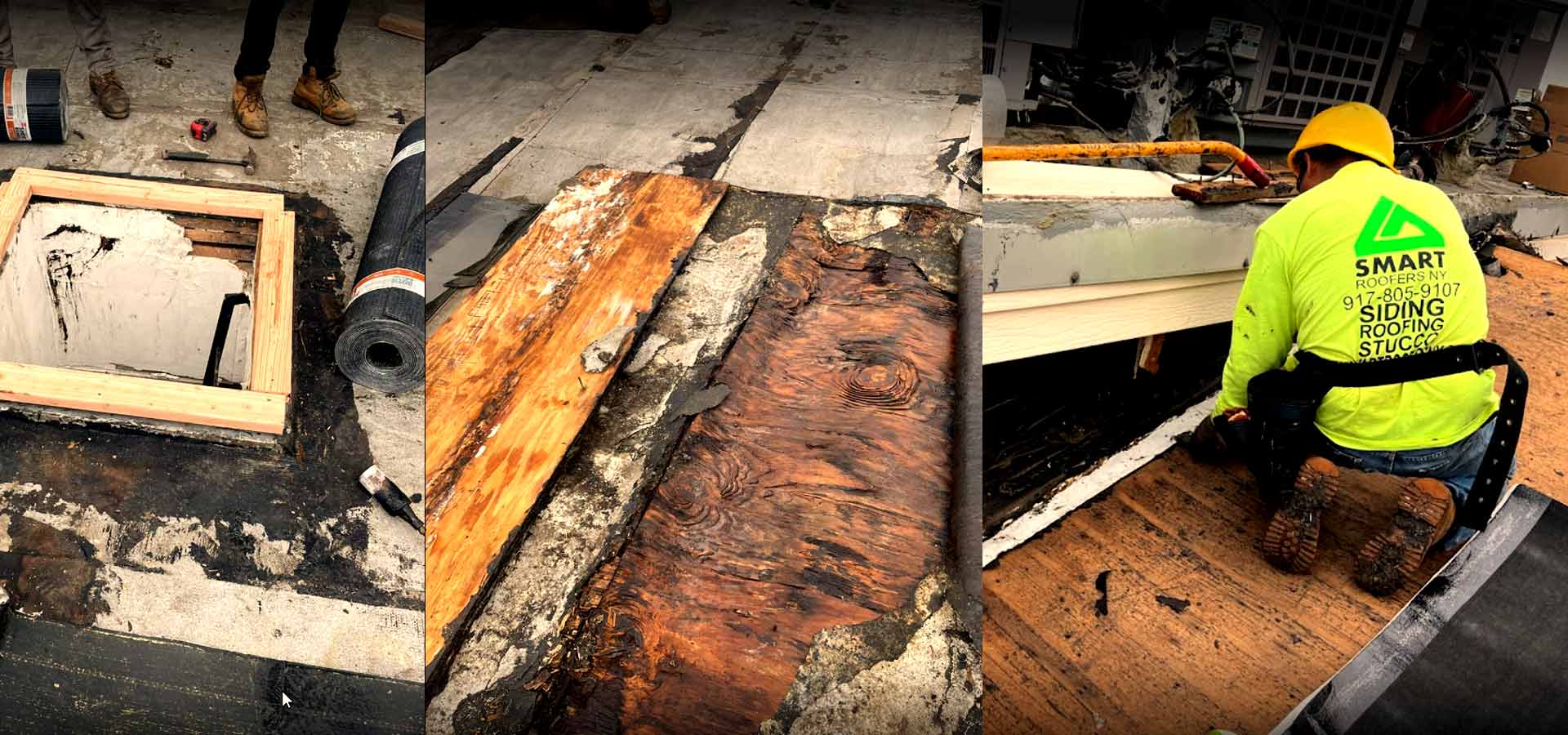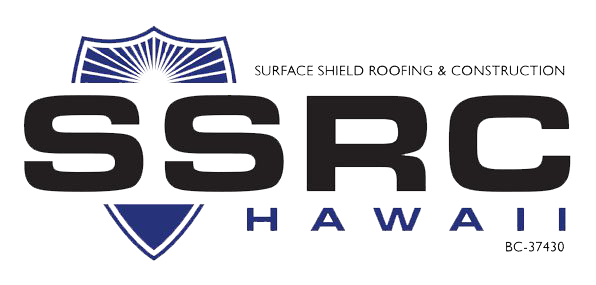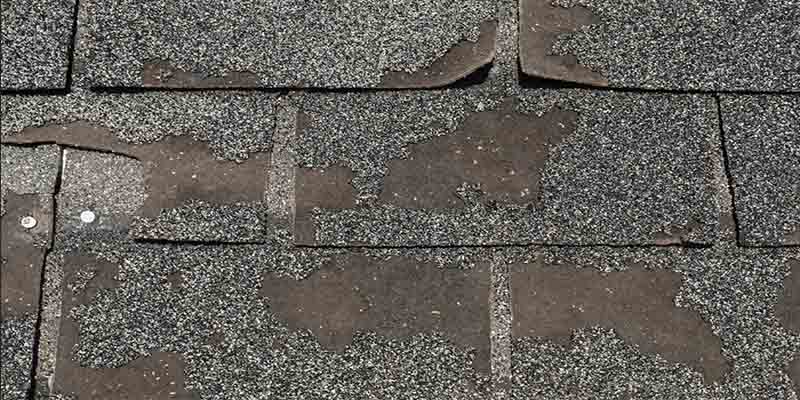Understanding the Different Kinds Of Roofings: A Comprehensive Overview for Homeowners
With a variety of choices-- ranging from the standard gable to the contemporary level-- each type presents one-of-a-kind advantages and challenges that must align with the homeowner's environmental factors to consider and specific demands. As we explore the intricacies of different roofing types, it comes to be apparent that one dimension does not fit all; the right option may shock you.
Saddleback Roof
Gable roof coverings, defined by their triangular form, are among one of the most popular roof designs due to their simpleness and effectiveness in dropping water and snow. This layout features 2 sloping sides that fulfill at a ridge, enabling for reliable drainage and reducing the risk of water build-up. The high pitch commonly related to gable roof coverings enhances their capability to manage hefty precipitation, making them appropriate for different environments.
Along with their functional advantages, gable roofs provide visual convenience. They can be adapted to different building designs, from typical to modern homes. The design can likewise fit extra attributes such as dormer home windows, which enhance all-natural light and ventilation in the attic area.
In addition, gable roof coverings provide sufficient area for insulation, adding to power performance. Property owners can choose from a variety of roof covering products, including asphalt tiles, metal, and tiles, even more enhancing modification alternatives.
Regardless of their benefits, saddleback roofs might call for added assistance in locations susceptible to high winds or heavy snowfall. In general, the gable roofing system stays a favored choice due to its mix of capability, durability, and aesthetic allure.
Apartment Roofs
Flat roofing systems are frequently recognized for their minimal layout and functional applications, especially in commercial and industrial settings (oahu roofing). These roof coverings feature a horizontal or nearly straight surface area, which permits easy building and construction and functional area usage. While they may do not have the visual allure of pitched roofing systems, flat roof coverings use various benefits, particularly in urban settings where taking full advantage of space is crucial
Among the primary benefits of flat roofing systems is their accessibility. Home owners can use the roof room for various objectives, such as rooftop yards, terraces, or solar panel installments. Furthermore, level roofing systems are typically a lot more cost-effective to preserve and mount compared to their sloped counterparts, as they call for fewer materials and labor.
Common products utilized for flat roofings include built-up roof (BUR), customized asphalt, and single-ply membranes, each offering unique benefits. In general, flat roofing systems serve as a functional and adaptable choice for many homeowners and businesses alike.
Hip Roofs
Hip roofs are characterized by their sloped sides that merge on top, developing a ridge. This style is unique from saddleback roofs, as all four sides of a hip roof incline downwards towards the walls, offering a more secure framework. The angle of the slopes can differ, permitting for adaptability in architectural looks and performance.
One of the key benefits of hip roofings is their ability to withstand hefty winds and unfavorable weather. The sloped surfaces enable far better water drainage, lowering the danger of leaks and water damages. Additionally, review hip roofs provide increased attic room space, which can be made use of for storage or perhaps exchanged habitable locations.
Nevertheless, constructing a hip roofing can be much more intricate and expensive than less complex roofing system kinds, such as saddleback roofs. The added material and labor associated with creating the inclines and ensuring appropriate architectural integrity can cause higher costs. In spite of these drawbacks, numerous homeowners favor hip roofs for their toughness, visual appeal, and capacity for power efficiency.
Mansard Roofings
Mansard roof coverings, frequently identified by their one-of-a-kind four-sided design, function 2 inclines on each side, with the reduced slope being steeper than the upper. This architectural design, stemming from France in the 17th century, look at this now is not just aesthetically attractive however useful, as it optimizes the useful space in the upper floors of a building. The steep lower slope enables for even more clearance, making it a perfect option for attic rooms or loft spaces, which can be transformed right into living rooms.
Mansard roof coverings are characterized by their flexibility, accommodating different architectural styles, from conventional to contemporary. They can be built with different materials, including asphalt shingles, slate, or steel, offering property owners with a series of choices to fit their budgets and choices. In addition, the layout permits the combination of dormer windows, improving natural light and air flow in the top degrees.
Nevertheless, it is necessary to think about the potential drawbacks. Mansard roof coverings might need more upkeep as a result of the intricacy of their design, and their steep slopes can be challenging for snow and rain drainage. Overall, mansard roofing systems integrate elegance with usefulness, making them a preferred option among home owners looking for distinctive building functions.
Shed Roof Coverings
As house owners progressively look for simplicity and functionality in their building designs, lost roofing systems have actually arised as a popular selection. Characterized by a solitary sloping plane, a shed roof covering provides a minimal aesthetic that enhances different home designs, from contemporary to rustic.
One of the main benefits of a shed roofing system is its simple construction, which commonly converts to lower labor and material prices. This design enables reliable water drain, decreasing the danger of leakages and water damages. Additionally, the vertical slope gives ample area for skylights, improving all-natural light within the inside.
Shed roofing systems likewise supply versatility in terms of usage. They can be successfully incorporated right into enhancements, garages, or exterior frameworks like pavilions and sheds. Additionally, this roofing design can fit numerous roof covering products, consisting of steel, asphalt tiles, or also green roofs, aligning with environment-friendly efforts.
Nonetheless, it is necessary to consider local environment problems, as hefty snow tons may require modifications to the roofing system's angle or structure. Overall, shed roofs offer a sensible and cosmetically pleasing choice for house owners seeking to maximize capability without endangering style.
Conclusion


Gable roofing systems, defined by their triangular form, are among the most prominent roof designs due to their simplicity and efficiency in dropping water and snow. oahu roofing. The high pitch commonly associated with gable roofings boosts their ability to deal with heavy rainfall, making them ideal for numerous environments
While they may like this lack the aesthetic charm of pitched roofings, level roof coverings offer various advantages, particularly in city environments where making best use of space is important.

Comments on “Roofing Oahu: Professional Professional Roofer for Your Oahu Residential or commercial property”